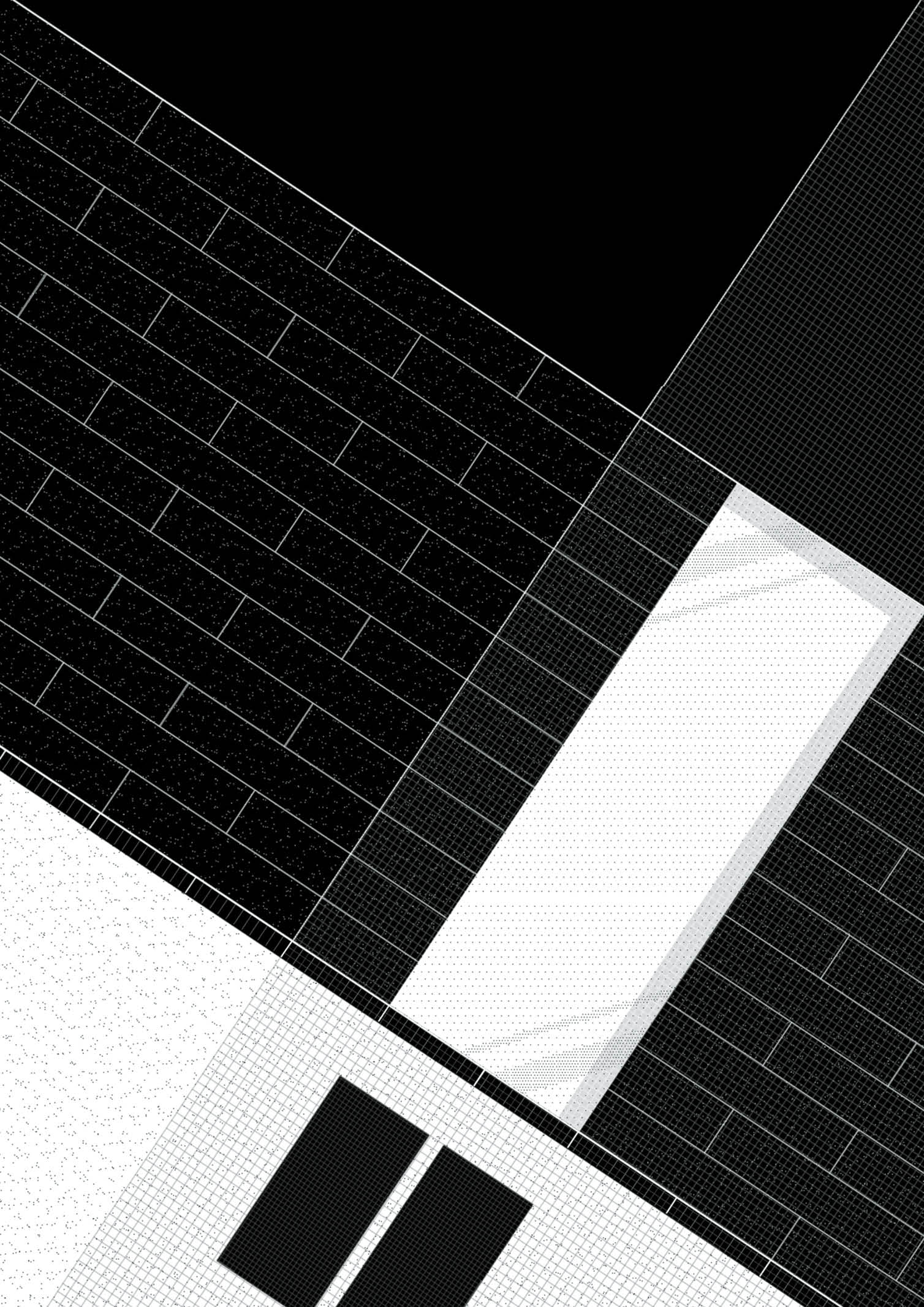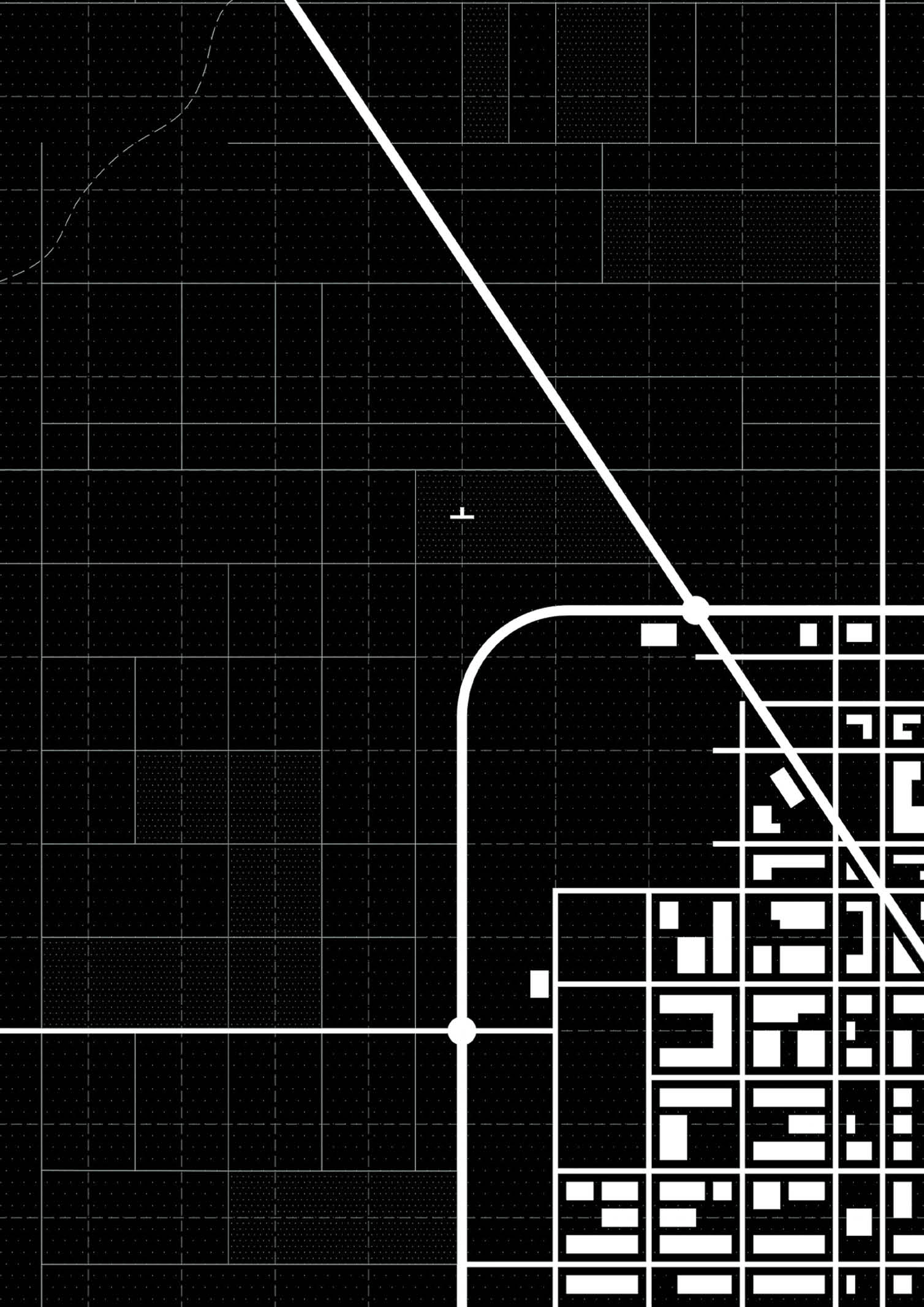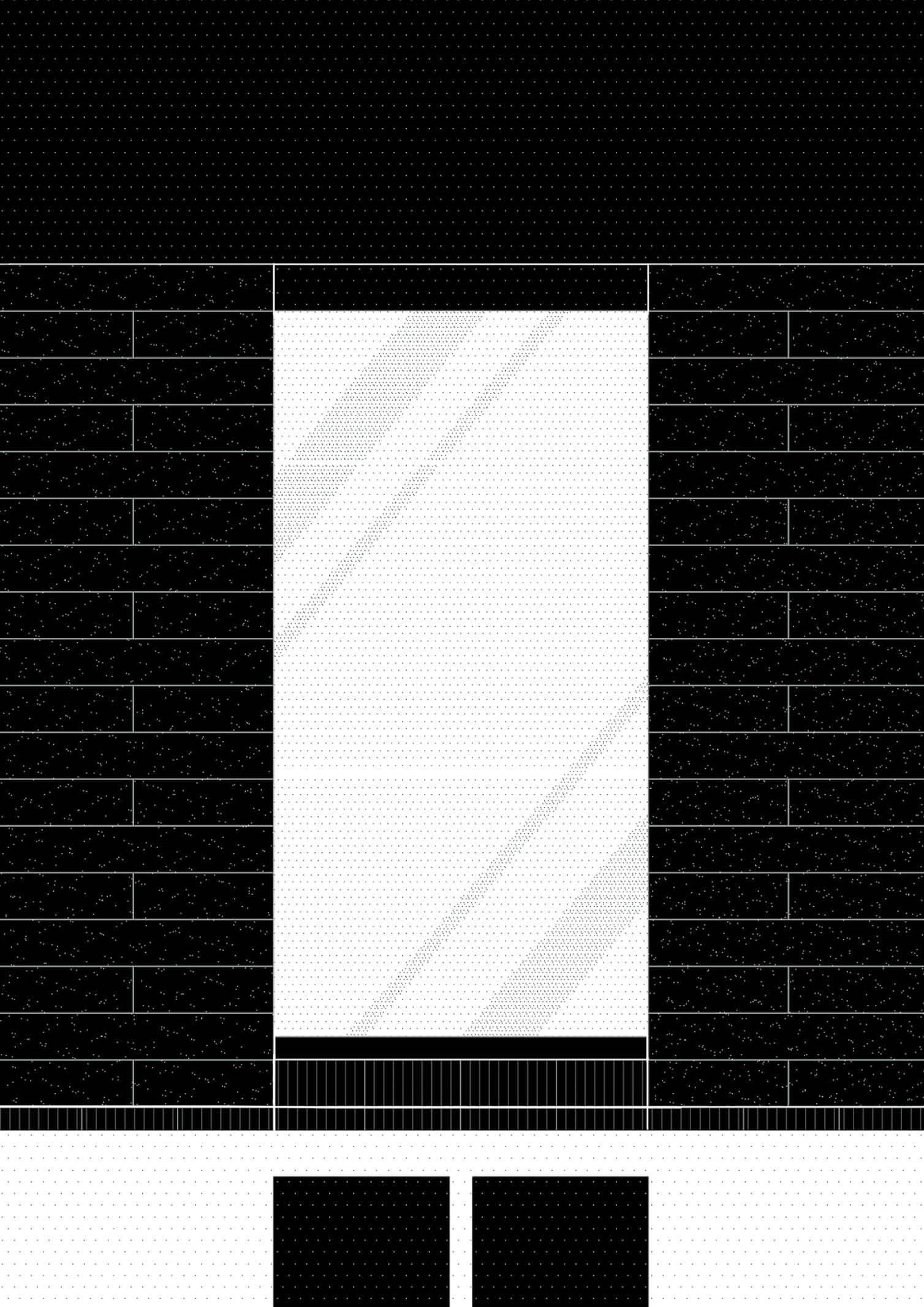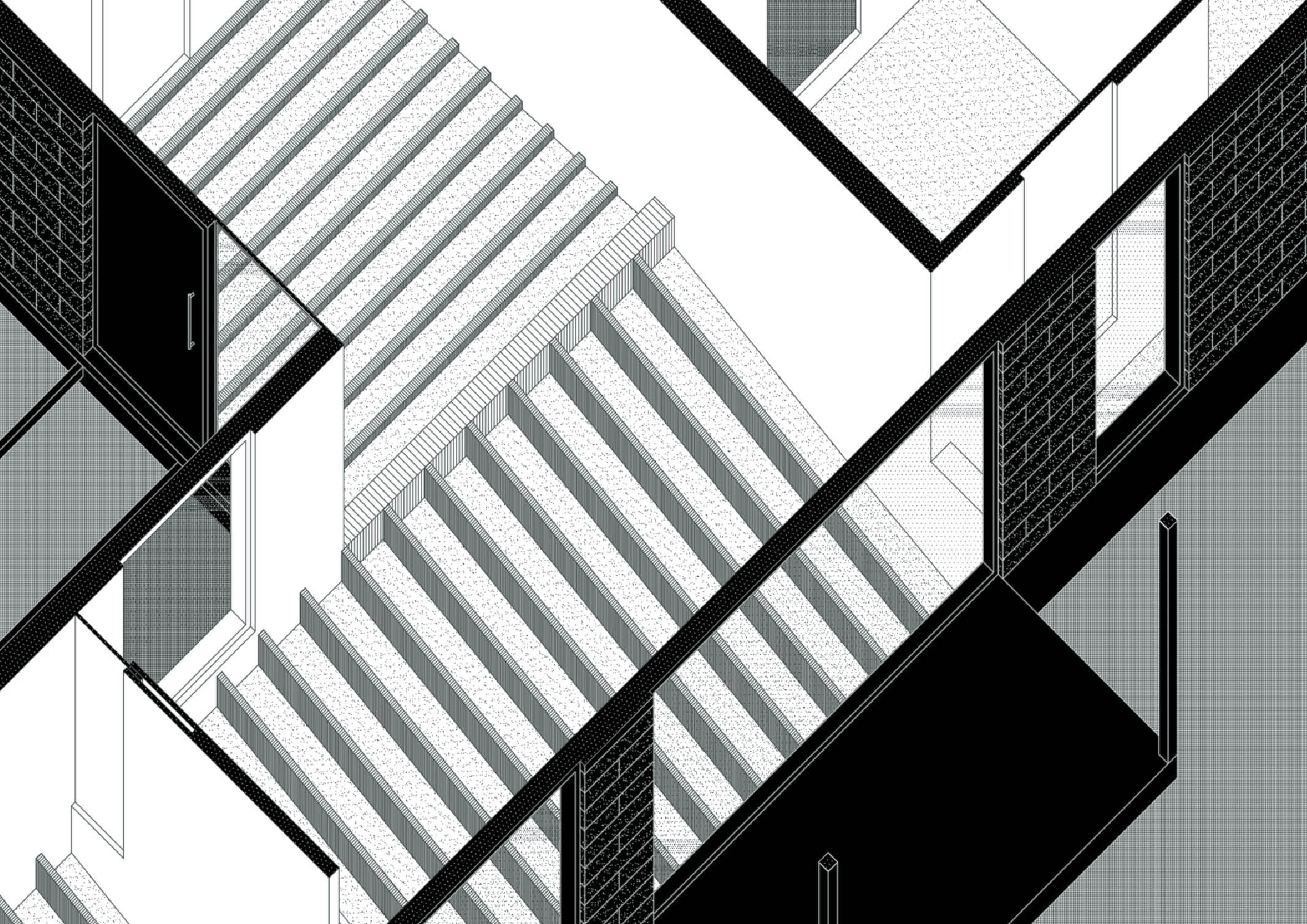
Vents House Shows How Proper Orientation Reaps The Benefits of The Surroundings
Dialogue with the environment, together with the use of natural materials and good orientation, is the key element of the Vents House, a family house in Sa Pobla, Mallorca, Spain. With the Serra de Tramuntana as a spectator, NØRA studio strategically designed the house to maximize the property’s surroundings. The project also seeks to recognize some aspects of traditional construction, such as sloping roofs, the use of earthy materials, and the typology of the holes, and take them to the extreme to achieve a house in consonance with current needs and way of life.
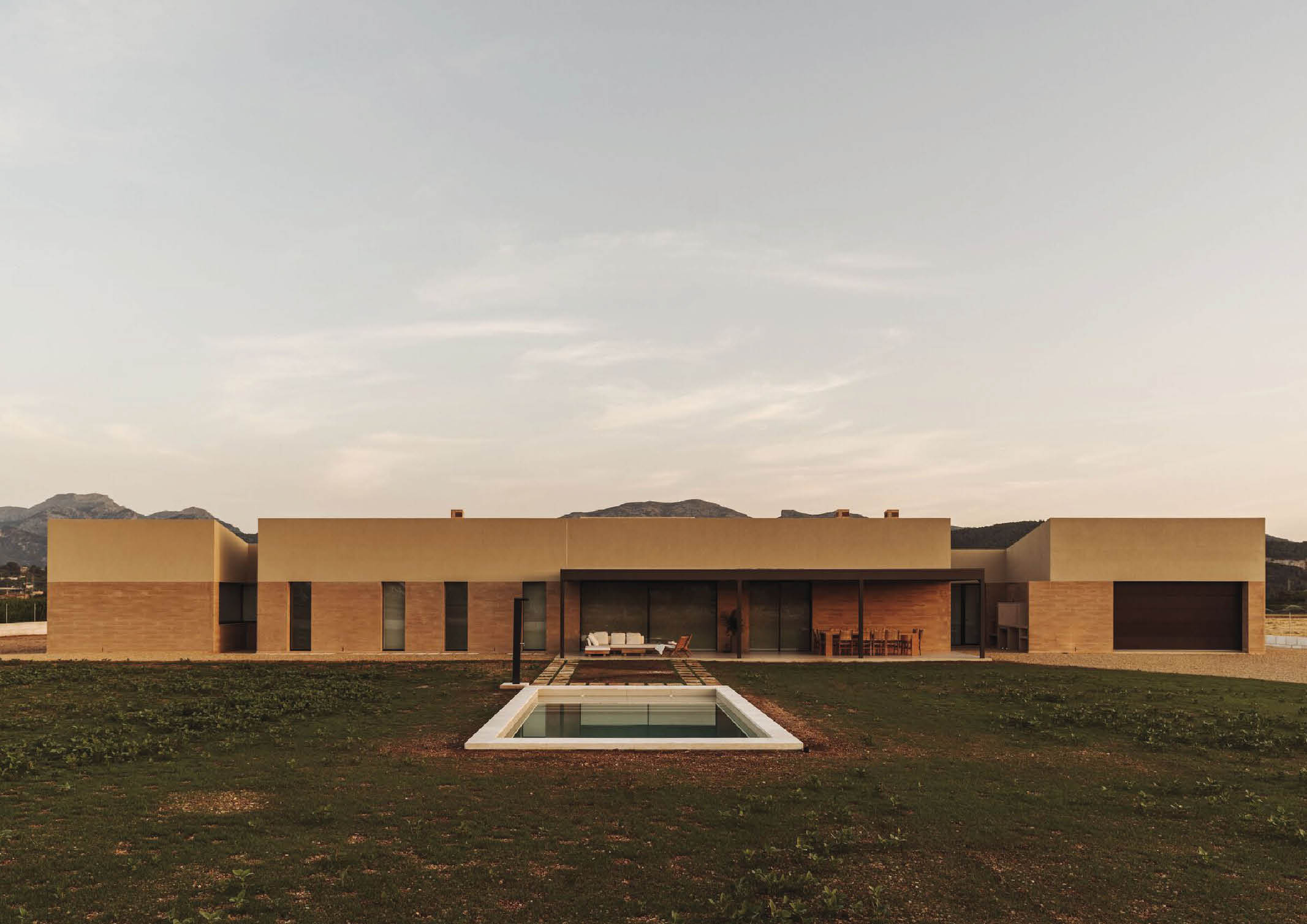

The project is characterized by its orientation, both solar and with the prevailing winds in the area. It features two cross-shaped pieces located on a flat piece of land in which day zones, night zones, and outdoor zones are distributed. The architect had to take into account their solar orientation and the direct action of the wind, which is important in local construction. “Thanks to the position of these pieces placed at 45º with respect to the North, the “embat” during the day and the “terral” at night give us fresh air, so precious in this inland area of Mallorca, during the hottest summer months,” explains NØRA studio.

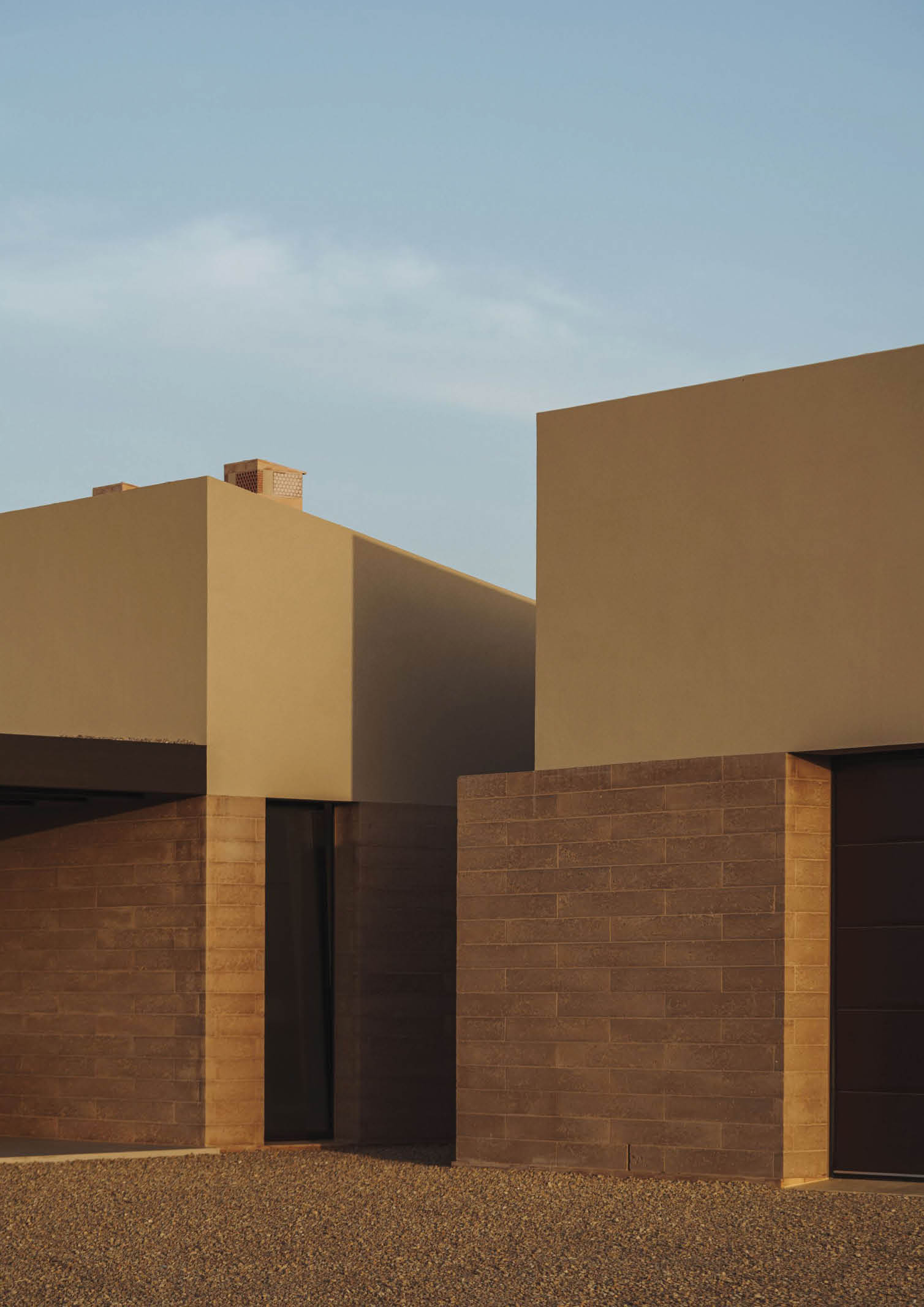

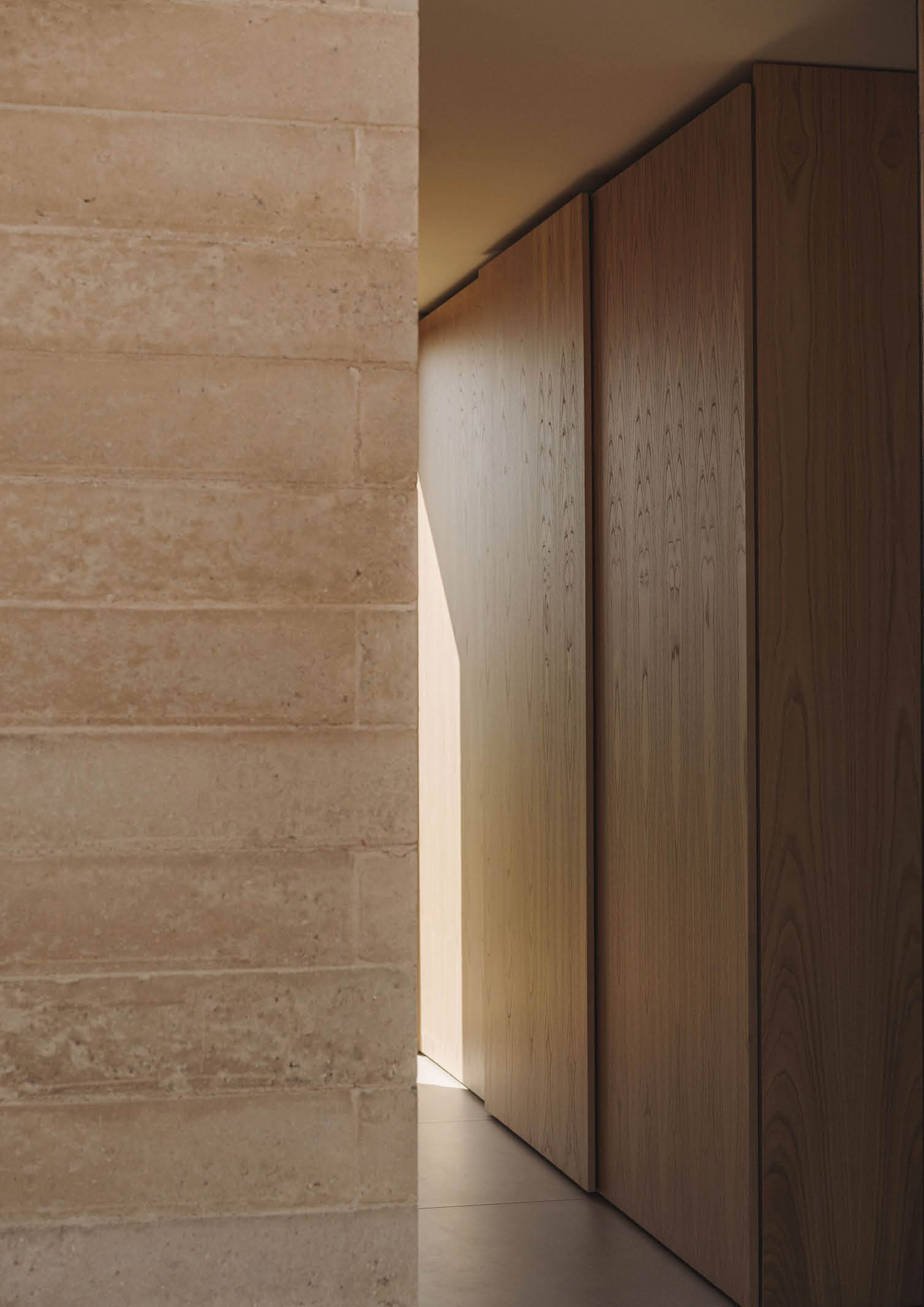

The clayey soil of the place, present in the area for the cultivation of vegetables, especially potatoes, sets a very special hue for much of the year. The architect explained that in the important exercise of integrating a building into the environment with the presence that it presented, it was necessary to use materials of the same shades and textures.

The contact of this great piece on the ground seemed crucial to solving this question. NØRA studio was able to do it using the key material Fetdeterra. It is an “eco-innovative” product made up of 100% recyclable and environmentally sustainable materials. Only earth and lime form this interesting product that allows the team to achieve this very natural finish and so integrated with the predominant tones in the rural area of Sa Pobla. From here on, the use of locally sourced gravel, and sandstone as a resistant element in outdoor areas, and ceramics as a link between the different materials give them great cohesion with the terrain and give the house this feeling of being in a space that has always been there.


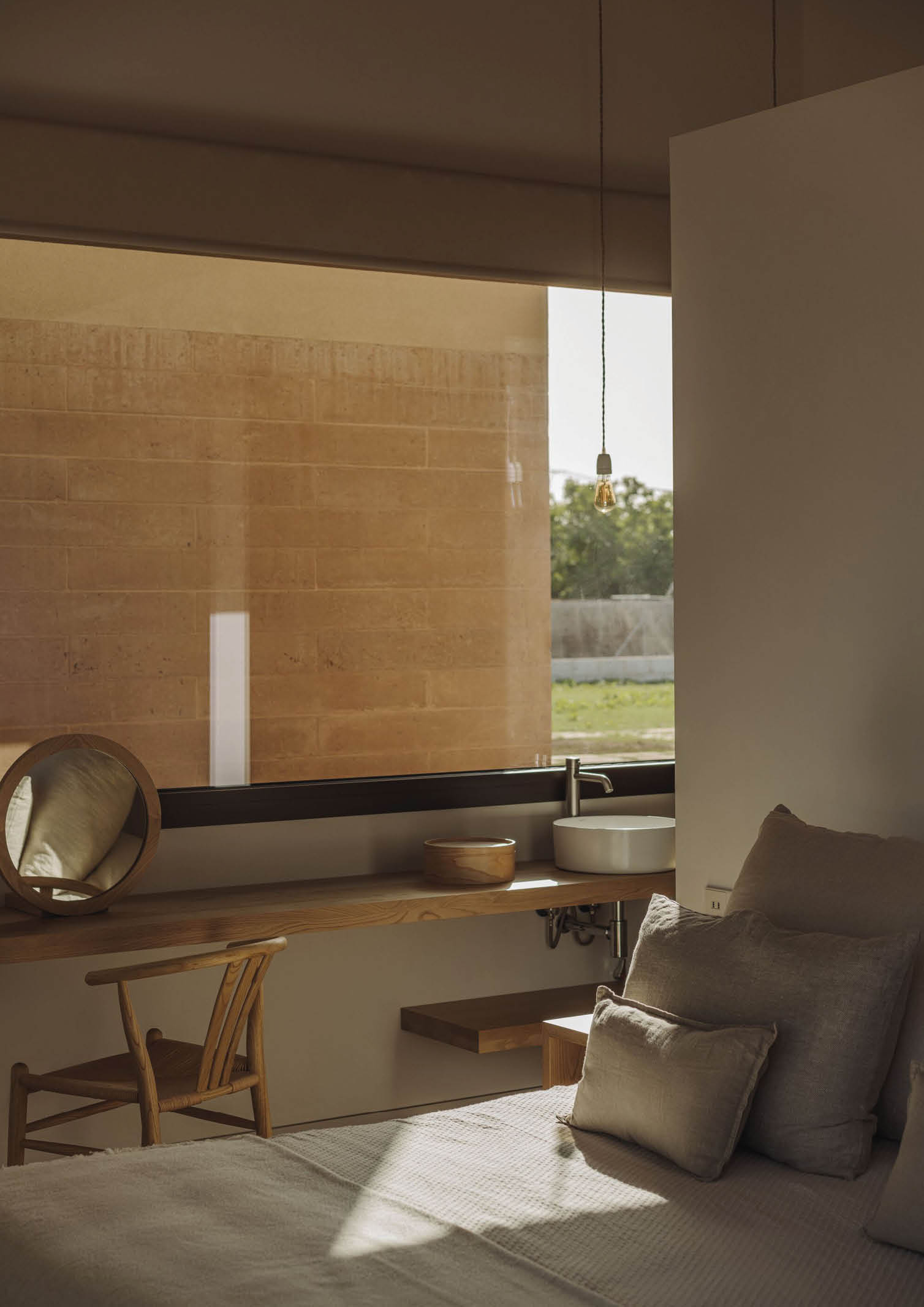
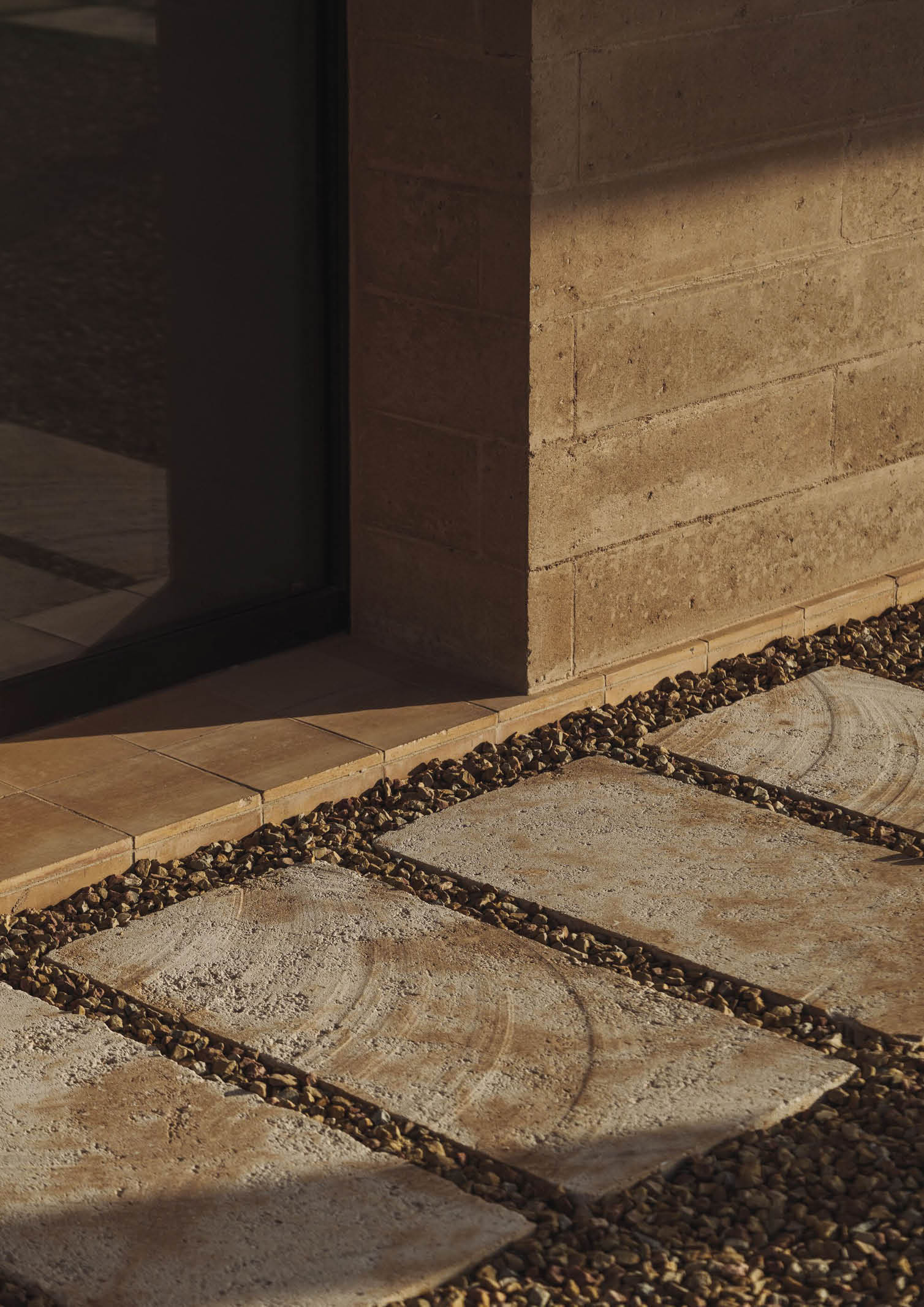

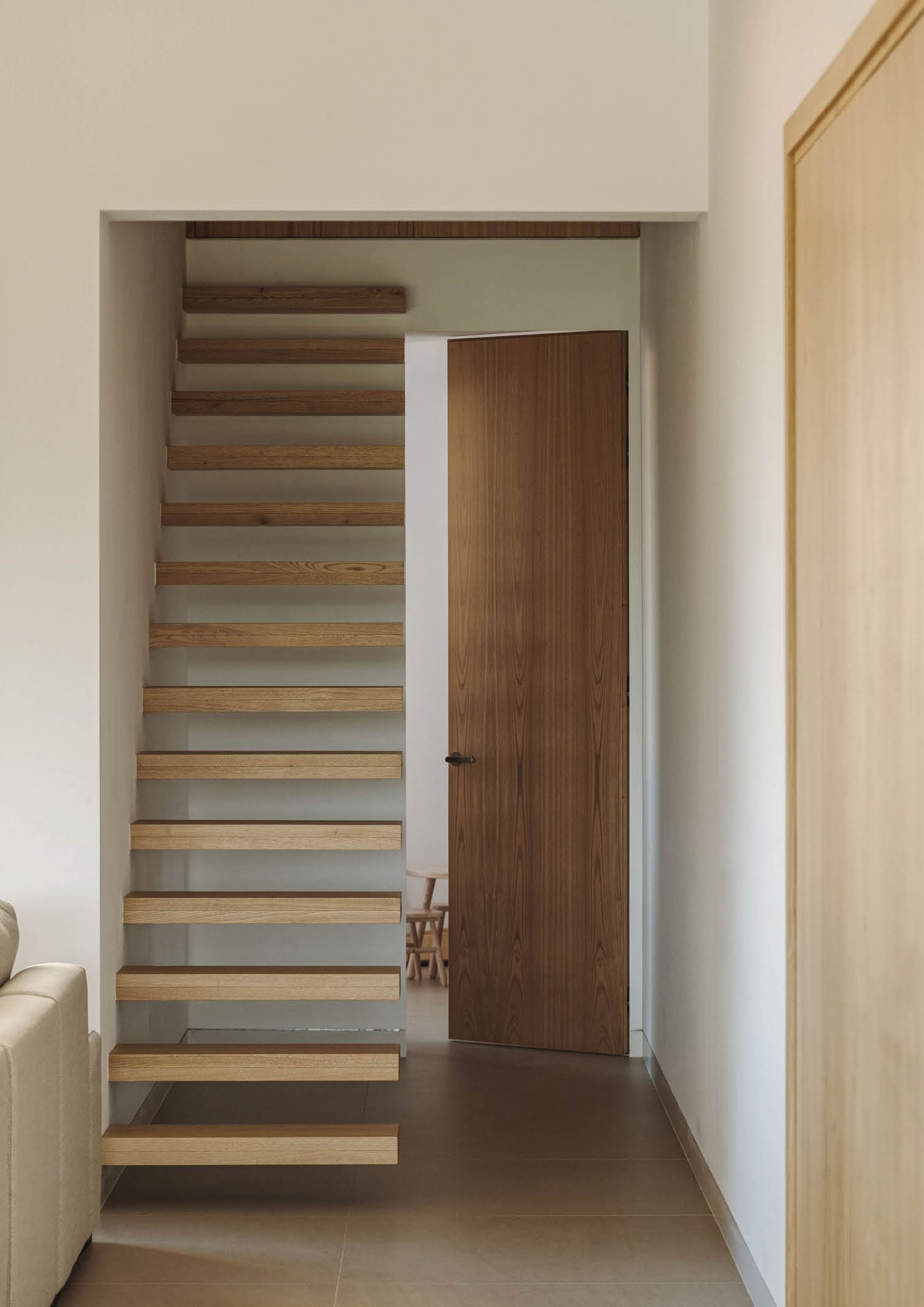
Meanwhile, the interior of the house seeks to be nourished by this intense golden light that enters through the patios that break the strong geometry of the house and the openings in the façade. At the heart of the house, the intersection of the geometric cross of the building, is the day area. It is fully connected to the pool area and the rest of the outdoor space on the plot, generating good cross ventilation and full space of light. Wood is the main element and light tones on the walls and floor provide the necessary warmth for the family home.
Photography by Ricard López
